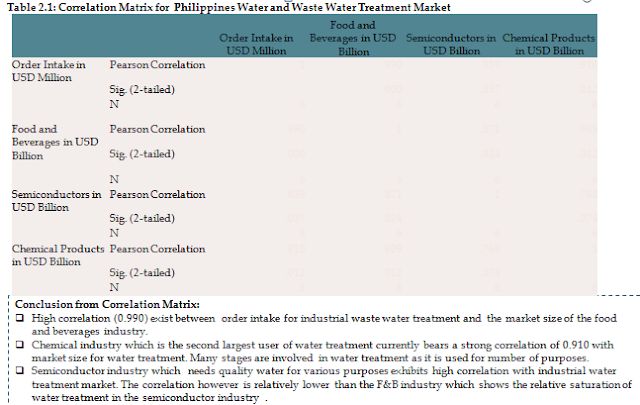Logistics basically refer to the business processes that include management and movement of goods and services from the point of origin to the point of consumption. It is the core segment of supply chain management and generally involves a variety of services like freight forwarding, multimodal transport via air, ship, truck, and rail. It also deals with provision of customs brokerage, warehousing and storage, tracking, and tracing of freight goods services.
According to Logistics and Shipping Market Research Reports, the Logistics market in Europe is majorly split into- Contract Logistics, Transportation, Value-added Services and Warehousing. In 2014, the European logistics market was somewhere around 960 billion Euros in valuation wherein Germans logistics market accounted for the highest share, with a market size of about 235 billion Euros. The leading market players since then namely involve DB Schenker Logistics, Deutsche Post DHL, Kuehne+Nagel International AG and SNCF Geodis while some other prominent vendors in the industry also include ACP Freight Services, Agility, Alkomtrans, APL Logistics, AWT Group, Baltic Rail, and BDP International. These players have come a long way and have thereby managed to record much higher revenues as compared to what was generated in 2014 and even, the existing trends are all set to ameliorate in the years to proceed where all these players are foreseen to register massive revenues every year owing to spurring demands in the economy.
In Logistic Market Research Report, it has been discovered that there has been a rise in the overall demand for European Automotive and Auto Components Industries which in turn have led to a positive impact on the logistics of the continent. Also, the statistics have depicted a healthy increase in Logistics Outsourcing being implemented in the economy and furthermore, with developing numbers of outsourced operations in the future; the industry is expected to flourish beautifully and relish ever growing demands owing to the success rates that will continue surging due to increased efficiency and effectiveness.
Besides that, escalating innovations in technology have evidently marked their presence in our daily lives and logistics and supply chain industries are being impacted by all new technological upgradations and system changes, more than ever. Over time, the dynamism of globalization has transformed the logistics chain completely making it much more complex to be managed. Thus, the need for advanced IT solutions has arisen to cope up with the changing environment. Nowadays, several solutions have been proposed that have the ability to produce more traceability, visibility and transparency of orders and hence, the transport and logistics industry in Europe is anticipated to keep on developing. Even, the number of consumers who buy online has multiplied, over the years and associated to this; the innovative technology has now made it possible for the consumers to track their orders more easily. Tracking has showcased a growth in its importance and thus, most of the biggest companies have already started with the implementation of alert systems, which can inform the customers about the status of their orders.
Geographically, as per Logistics and Shipping Industry Analysis, it has been witnessed that imports and exports to Asia have prevailed significantly. This tendency has resulted in augmenting fragmentation in the orders today and consequently, an increase in the imports and exports of Europe has also been observed. In Europe, Germany has sustained its position and has been the largest occupier market in Europe owing to its resilient manufacturing activities and increasing demands from logistics providers. For the third year in a row, the German market yet again managed to reach the mark of 2.5 million m² threshold of transaction of warehouses taken up in mid-year 2017. While during the same time, in France, demand for logistics premises remained robust to reach 1.56 million m² taken up; in the UK, the manufacturing sector reckoned for the largest share of take-up boosted mainly by the automotive sector since some key transactions took place at the outskirts of Birmingham; in Spain, take-up amplified by more than 84% to reach over 660,000 m² ; and in the Czech Republic and Poland, e-commerce and distribution for retailers were observed to be the major demand drivers contributing to the holistic market growth. Cumulatively, the logistics market of this continent has boosted via the support of a favorable economic backdrop that has successfully been able to trigger exports, retail sales and associated consumer expenditure. These trends are further projected to show affirmative improvements in the long run.
According to the Logistics research report, the sales of major portfolios in Germany have managed to generate tremendous volumes of investments lately and further, the expectations across Europe in the forthcoming years point towards a good return particularly to the more average level of investments. Latest trends have depicted that Spain and the South Netherlands have recorded the highest growth in this continent in this quarter and the retail and e-commerce is all set to contribute largely to market growth in most European countries. Also, many acquisitions and alliances in the logistics and transport industry have been seen and are further expected to evolve rapidly while at the same time; major shipping companies are noticed as investing more and more in larger vessels such that the ultimate operational costs are reduced.
To know more, click on the link below
Related Reports:
Contact Us:
Ken Research
Ankur Gupta, Head Marketing & Communications
+91-9015378249











